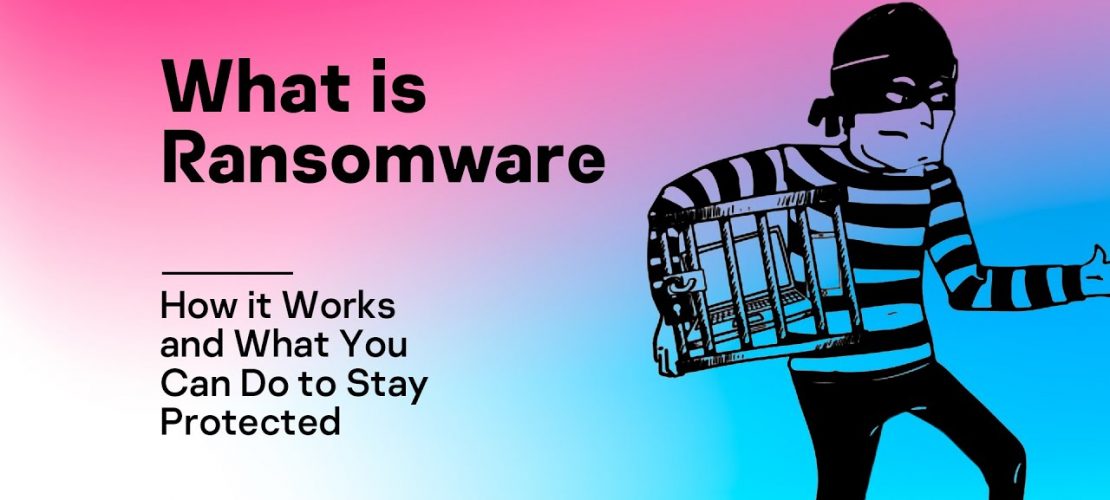Have you ever heard of the term “digital kidnapping”? It is a type of cyber attack where hackers steal sensitive information or data from individuals or organizations and demand ransom in exchange for its safe return. In recent years, digital kidnapping has become a widespread and serious threat to our privacy and security online. In this blog, we will explore what digital kidnapping is, how it works, and most importantly, how to keep your data safe from these digital kidnappers.
What is digital kidnapping?
- Definition and explanation of digital kidnapping
- Different types of digital kidnapping attacks (e.g., ransomware, data theft)
- Examples of high-profile digital kidnapping attacks (e.g., WannaCry, Petya)
How do digital kidnappers operate?
- Common methods used by digital kidnappers to breach systems and steal data (e.g., phishing, malware)
- How digital kidnappers demand ransom and what happens if the ransom is paid or not
- Why digital kidnapping is often underreported and why it is difficult to track down digital kidnappers
How to prevent digital kidnapping
- Best practices for keeping your data and systems safe from digital kidnapping attacks (e.g., strong passwords, anti-virus software, regular backups)
- How to identify potential digital kidnapping threats and respond appropriately
- How to create a cybersecurity plan for individuals and organizations to prevent digital kidnapping
The Digital Kidnapper and How to Keep Your Data Safe
Have you ever heard of a digital kidnapper? It’s a term used to describe a cybercriminal who steals your data and holds it hostage, demanding a ransom for its release. This type of attack is known as ransomware, and it’s becoming increasingly common.
Ransomware attacks have been around for a while, but they’ve become more sophisticated in recent years. Cybercriminals use various tactics to trick users into downloading malicious software onto their devices. Once the malware is on the device, it encrypts the user’s data, making it inaccessible to the user. The attacker then demands a ransom payment in exchange for the decryption key.
Ransomware attacks can be devastating for both individuals and businesses. Victims can lose access to critical files and data, and the cost of the ransom can be significant. In some cases, even if the ransom is paid, the attacker may not release the data or may demand additional payments.
So, how can you protect yourself from becoming a victim of a ransomware attack? Here are some tips:
- Keep your software up to date: Many ransomware attacks exploit vulnerabilities in outdated software. Make sure you’re using the latest versions of your operating system, software applications, and antivirus software.
- Be cautious of email attachments and links: Many ransomware attacks are spread through phishing emails. Be wary of emails from unknown senders or with suspicious attachments or links.
- Use strong passwords and two-factor authentication: Strong passwords and two-factor authentication can help prevent unauthorized access to your accounts and devices.
- Back up your data regularly: Regular backups can help you recover your data in the event of a ransomware attack.
- Consider cybersecurity insurance: Cybersecurity insurance can provide financial protection in the event of a cyberattack.
Conclusion
Digital kidnapping is a growing threat to our privacy and security online, but it is not inevitable. By being informed about what digital kidnapping is, how it works, and how to prevent it, we can take proactive steps to protect ourselves and our data from these digital kidnappers. Remember to always stay vigilant and cautious online, and do not hesitate to seek help from cybersecurity professionals if you suspect you have been the victim of a digital kidnapping attack. ransomware attacks are a serious threat to individuals and businesses alike. By taking steps to protect your data, you can reduce the risk of becoming a victim of a ransomware attack. Stay vigilant, keep your software up to date, and back up your data regularly. Don’t let a digital kidnapper hold your data hostage.




